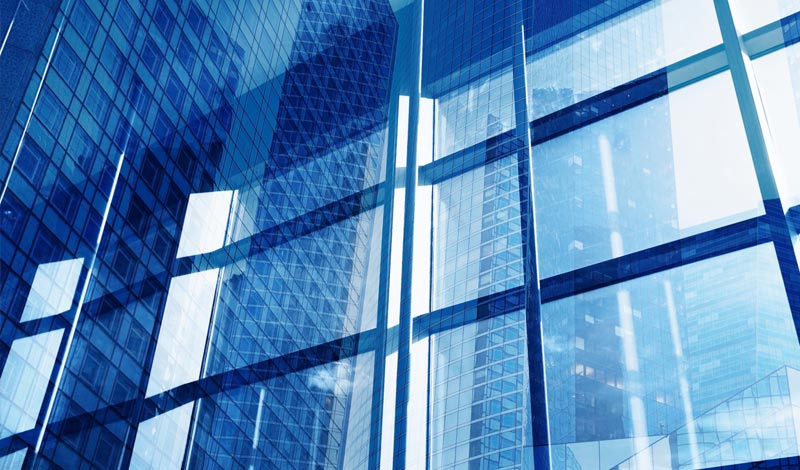The building envelope — wall, windows and roof — serves as the barrier between the indoor environment and outdoor conditions. Today’s advanced technologies can improve building envelope performance and create more comfortable and productive indoor spaces. By using these technologies, you can enhance the appeal and value of your properties.
Electrochromic windows
Electrochromic windows use a small amount of electricity to automatically change the tint of glass in response to environmental conditions. This advanced window technology can provide several potential benefits, including lower energy costs, improved visual comfort and a healthier indoor environment.
According to the U.S. Department of Energy, electrochromic windows can reduce air conditioning costs by up to 49% and lighting costs by up to 51%.
High-performance window film
Low-emissivity (low-e) window film combines the solar control functions of standard film with the insulating power of a low-e coating, which has in the past only been available in factory-built windows. Adding insulation improves energy efficiency in all seasons, which compensates for the reduced solar heat gain in colder months. Micro-structured prisms embedded in window film can optically redirect daylight upward and diffuse it for even distribution.
A study by the Lawrence Berkeley National Laboratory assessed the performance of low-e film in two office buildings in Utah and Texas, in addition to computer simulations of buildings across multiple climate zones. Overall HVAC energy savings averaged 29%, with savings achieved in all climate zones.
Advanced insulation
Graphite expanded polystyrene (EPS) rigid foam insulation increases in R-value as the outside temperature drops. Hollow bricks filled with polystyrene, perlite or aerogel insulation are 15 times lighter than traditional brick. A 2×6 truss insulated with closed-cell spray foam between the top and bottom chords offers R-20 insulation value for framing members.
High-tech membranes
Primerless self-adhered membranes serve as the air, water and water vapor barriers for a building and adhere to most construction materials without a primer. It reduces the installation time of air barrier systems by up to half when compared to membranes that require priming. Also, primerless membranes can reduce the exposure of workers to volatile organic compounds (VOCs) because solvent-based primers aren’t needed. Smart vapor retarders limit the transmission of water vapor from inside the space into the wall cavity in the winter. However, when humidity levels within a wall cavity are high (during the summer), the air barrier becomes a permeable vapor retarder and allows drying toward the inside space of the building.
By taking advantage of the latest technologies, you’ll make your properties more appealing to buyers and tenants, and you can potentially reduce construction time and cost as well.
